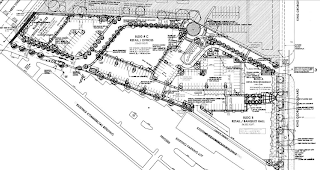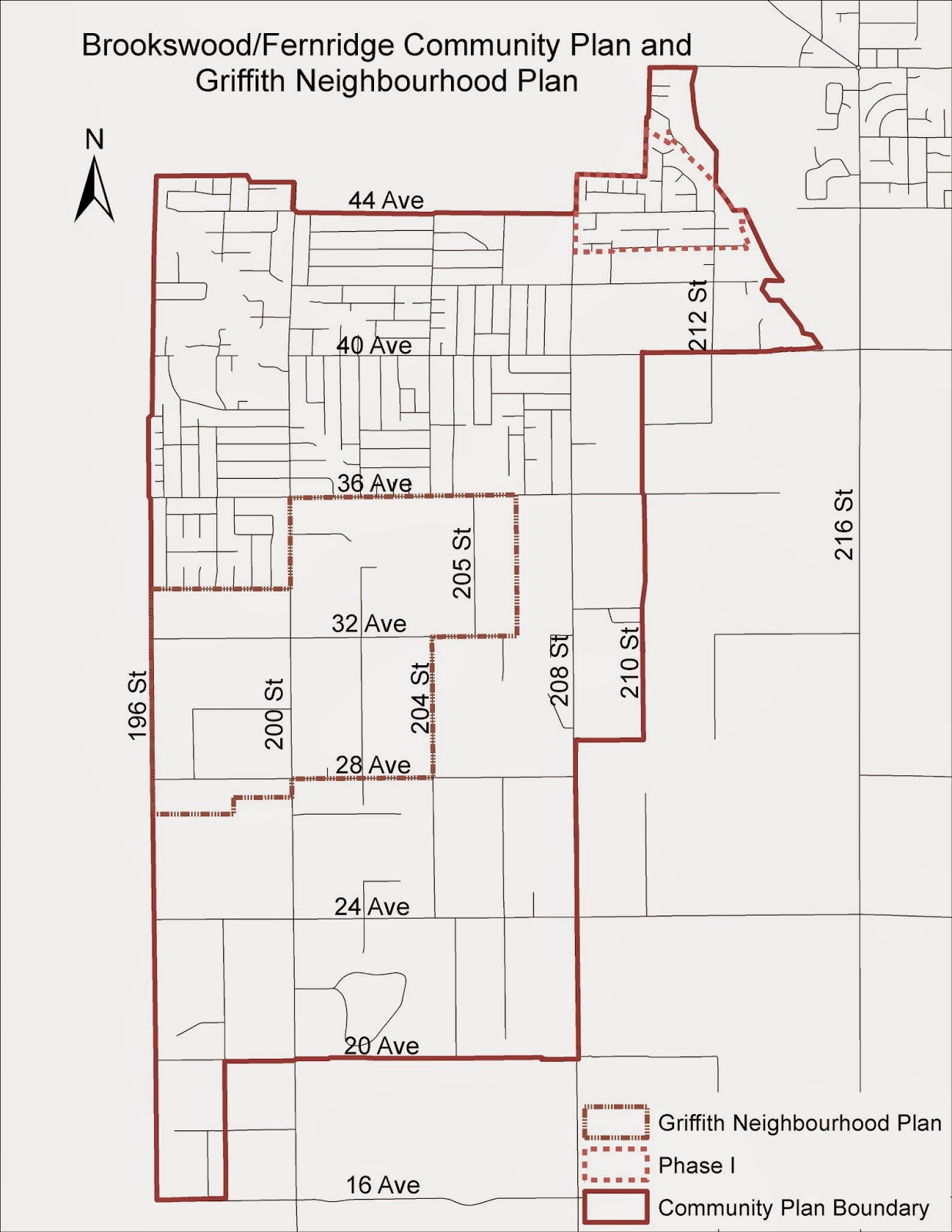Since the mid 1970’s, people in Metro Vancouver have recognized the importance of preserving the natural eco-system and protecting farmland in our region. In fact, it was the massive conversion of hillsides and farmland to housing that caused citizens to lobby government for change. This promoted the provincial government of the day to setup a system of regional governance with the mandate “to promote human settlement that is socially, economically and environmentally healthy and that makes efficient use of public facilities and services, land and other resources.” It also prompted the creation of the Agricultural Land Commission with the mandate to preserve agricultural land and to encourage farming on agricultural land.
Over the years, this vision has been refined with increasingly stronger protection put in place to ensure the livable of our region. Metro Vancouver was on a course to become one of the most livable regions in the world with continued protection of farmland, strong regional government to encourage sustainable development, and a world-class transit system that was finally being expanded. All this was put in jeopardy last year.
The provincial government announced no new funding for transit without a referendum. The provincial government also announced it was going to review the agricultural land reserves with the goal of opening it up for development. Metro Vancouver and the Township of Langley also went to court to find out the limits of regional governance. On their own, the regional would have been able to continue on the path to sustainability, but combined, these three things threaten to unravel close to 40 years of work improving the livability of the region.
The transit referendum is still over a year away, and no one really know what’s going on with it.
The recent court ruling between Metro Vancouver and the Township throws into question the purpose and power of a regional growth strategy. You can read more about this on an earlier post this month.
Last week, the provincial government announced proposed changes to the Agricultural Land Commission. With the power of Metro Vancouver to limit urban sprawl now up in the air, I was relieved that the province plans to maintain the integrity of the Agricultural Land Reserve in Metro Vancouver. In fact, the provincial government is actually increasing funding to the Agricultural Land Commission. This will allow the ALC to focus on “pro-active planning, policy development functions and stakeholder engagement.” The ALC will also now focus on application by farmer and ranchers that relate to agricultural and deprioritize applications “from developers, speculators and those who simply wish to do something other than agriculture in the ALR.”
While the protection of the ALR in Metro Vancouver, Vancouver Island, and the Okanagan is increasing, the protection of farmland in the rest of the province will be all but gone. This is alarming considering the recent news that agricultural productive in places like northern BC will increase due to climate change. The province’s decision today to develop farmland in northern BC will impact the food security of BC by 2050.
In Metro Vancouver, it looks like our green space will be protected even with the recent court decision that calls into question the power of Metro Vancouver to regulate land-use. The economic prosperity of our region is tied to having a world-class transit system, and I hope that funding is approved to increase transit service. If it is not, our region will be in trouble.




